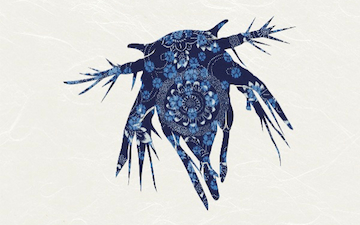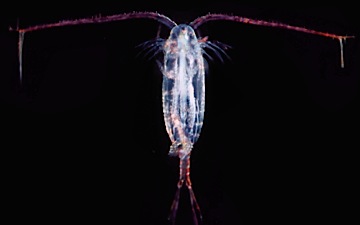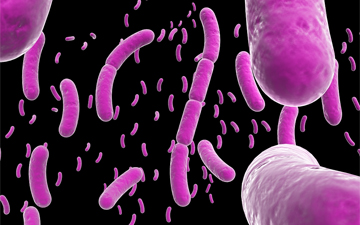Microbe Collection
Ongoing – (See Cards)…
This set simply aims to collect “microorganisms” as loosely as defined as those species that are multicellular, singled cell or smaller (essentially SCALE value of 3 or less). Given the incredible diversity and abundance of species in this category, the Phylo project is hopeful that this collection will grow to represent this important part of biodiversity.

Zooplankton
Copepoda subclass


2 POINTS
Play: Copepoda has a MOVE of 1. Can feed Salmon, Blue Whale SPECIES cards.
Fact: Copepoda are primarily transported by ambient water currents

Phytoplankton
Class: Bacillariophyceae


1 POINT
Play: Symbiodinium spp has a MOVE of 1, and is often eaten by KRILL SPECIES.
Fact: Symbiodinium spp are also crucially dependent on minerals

Copepod
Copepod (subclass)



3 POINTS
Play: Copepod has a MOVE of 2.
Fact: Copepods may form the largest animal biomass on earth.

Bacillus subtilis
Bacillus subtilis


1 POINTS
Play: Bacillus subtilis is a PARASITE of any SPECIES card (except those under water).
Fact: can form a tough, protective endospore, allowing it to tolerate extreme environmental conditions.

Influenza A
Virus subtype H1N1


6 POINTS
Play: Influenza A is a PARASITE of (any) Homo sapiens, Sus (swine) and duck cards.
Fact: In June 2009, the World Health Organization (WHO) declared the new strain of swine-origin H1N1 as a pandemic.

Paramecium aurelia
Paramecium aurelia


3 POINTS
Play: Paramecium aurelia has a MOVE of 1.
Fact: They are covered in cilia which help in movement and feeding.